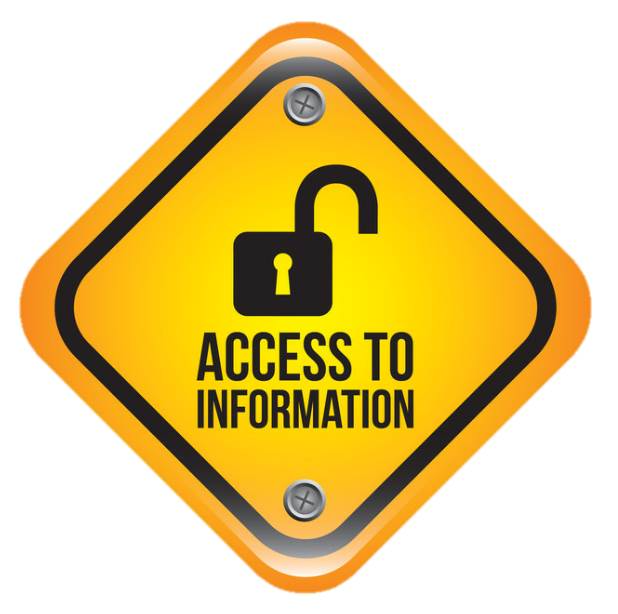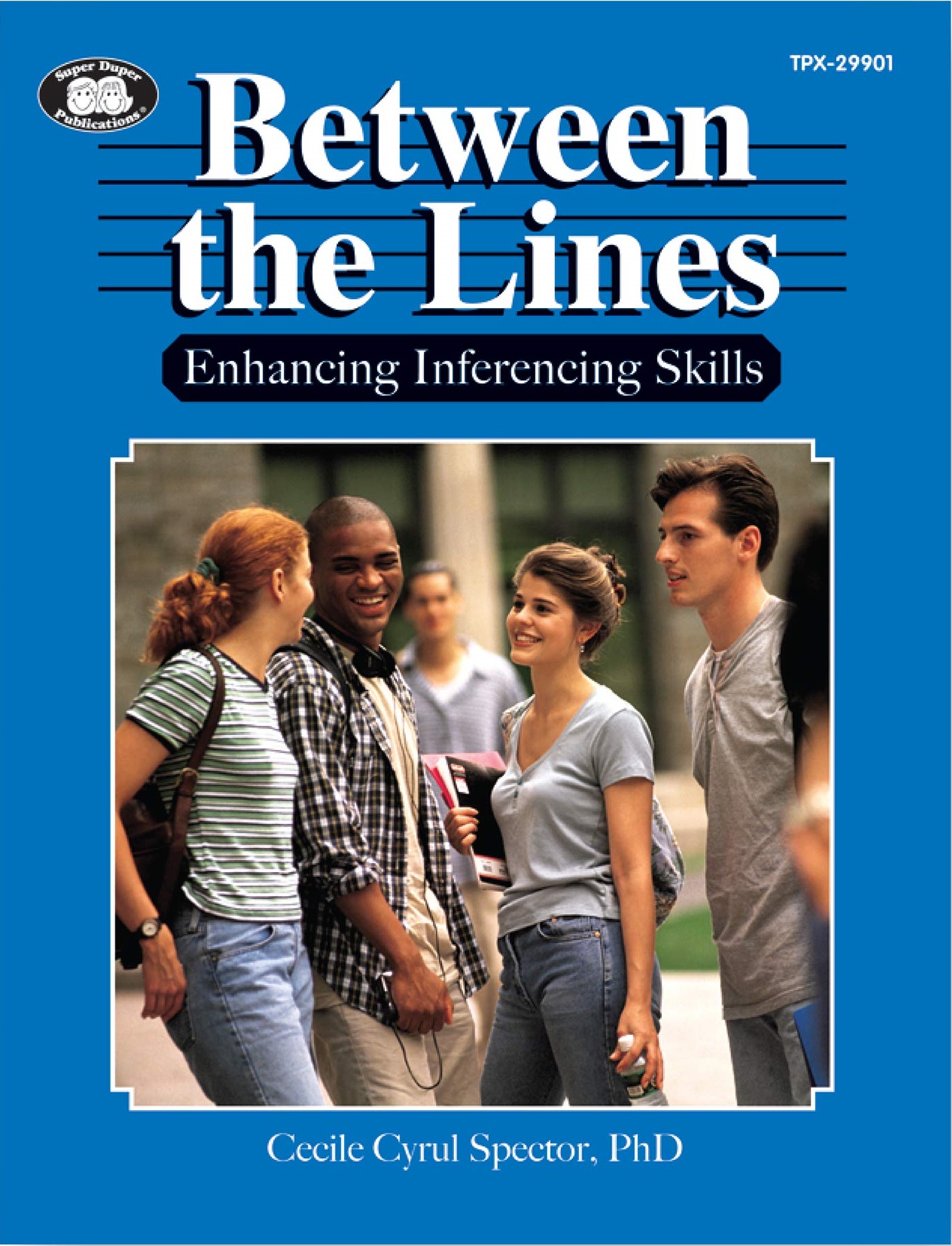Related Products
For Professionals
- Amplification
- Assessment of Student Skills, Challenges, Needs
- Early Childhood: Infants, Toddlers, Preschool
- Hearing Loss – Identification, Impact and Next Steps
- IDEA Law Summary Information
- Language and Speech Development Issues
- Legal Issues in Serving Children with Hearing Loss
- Listening (Auditory Skills) Development
- Planning to Meet Student Needs
- Self-Advocacy Skills for Students with Hearing Loss
- Self-Concept: How the Child with Hearing Loss Sees Himself
- Social Skills
- Speech Perception & Learning
Related Teacher Tools Takeout Items
Teachers of the Deaf are Superheroes, but They Can’t be Everywhere at Once!
 Getting a student with hearing loss in their classroom is rare for most teachers. Teachers of the Deaf and Hard of Hearing (TODHH) can help alleviate some of the anxieties for general education teachers who will have students with hearing loss in their classroom. A few of the benefits from providing instruction during the pandemic is the ability to flexibly use virtual instruction. This article provides some pointers for effective teacher inservice during the busy start of the school year.
Getting a student with hearing loss in their classroom is rare for most teachers. Teachers of the Deaf and Hard of Hearing (TODHH) can help alleviate some of the anxieties for general education teachers who will have students with hearing loss in their classroom. A few of the benefits from providing instruction during the pandemic is the ability to flexibly use virtual instruction. This article provides some pointers for effective teacher inservice during the busy start of the school year.
We are providing a brand-new teacher tool takeout Back- to-School checklist, to help TODHH be sure you haven’t forgotten any crucial beginning of the year tasks which help make your school year more successful.
Virtual Platforms and Hearing Assistive Technology
TODHH can use a virtual platform to deliver effective back-to-school inservices. Presenting information to teachers via virtual methods can reduce time and redundancy.
- Video yourself and emailing teachers can save time and travel, and in-servicing all the teachers at once, rather than individually are a few helpful timesavers. Zoom, Screencastify, or record yourself on a Google Meet!
- If you decide to create and record a PowerPoint for teachers, add interesting graphics and even your Bitmoji! Click here for a tutorial on how to create and add Bitmojis. (Thank you Sarah Wanasek). Keep the information on the slides minimal but elaborate in your explanations.
- If you are uncomfortable videoing yourself, there are videos available online for almost all types of HAT devices. Thanks to Amanda Ball Levy, AuD, we can access her videos and cheat sheets online here
- Be sure to in-service teachers about Hearing Assistive Technology (HAT) and remind them about the mute button! Discuss times when they should have the HAT transmitter muted, i.e., in the bathroom, in the hallway, when speaking privately to other adults, and when the child is not in the general vicinity. Practicing hygienic HAT transitions are still highly recommended and should be included in the back-to-school in-service discussions.
Access to Instruction
 Access to instruction is paramount for students with hearing loss, so be sure to observe
Access to instruction is paramount for students with hearing loss, so be sure to observe
the students in the general education classroom and provide feedback to the teacher.
- Collect data for tracking access to instruction by using the (ATCI),
then inservice teachers on reducing barriers to access. - Review the student’s specially designed instruction goals (SDIs) with the general education teachers and be sure to update your records with any new summer audiological information.
Most teachers don’t have time for long in-service meetings at the beginning of the school year. Provide only the most important information in your first meeting with the teacher(s).
In subsequent weeks, sprinkle in additional information, using Tips for Teachers Working with Students who have Hearing Loss or. Renowned educational audiologist Jim Bombicino recorded 10 short (2 minute) videos that are intended to be shared with classroom teachers. Share each video up to 50 times. You choose which topic you want to send to whom. Simply type in the teacher email addresses, include your brief message, and send! All of the teachers will receive an email identifying you as the sender with a video link and passcode. They can watch videos twice. You may need to ensure your school firewall allows these emails to be received. Want to show Tips for Teachers videos during your face-to-face or e-meeting with teachers? The videos are now included with all Takeout subscriptions. For only $36 you can get the Teacher Subscription with access to all Tips for Teachers videos, plus our Kool Kidz Vidz and the Teacher Tools Library, plus discounts on purchasing Takeout items.
TIPS FOR TEACHERS The Tips for Teachers video topics are:

- Use and placement of the wireless microphone
- Introducing the microphone to the class
- Noise through the microphone
- Muting the microphone
- Watching videos effectively
- Connecting to media
- Small group learning sessions
- Classroom noise
- Moving around the classroom
- Facing the student
Tips for Teachers videos include demonstration of listening with hearing devices in the classroom. Included with the videos are in-service handouts and the Emailable Tips for Teachers, Emailable Tips for Teachers: Specific Early Childhood.
|
We have Teacher Tool Takeout materials available to you at the click of a button! Takeout has 40 items available related to teacher inservicing. See options. |
Keep the Information Simple
Whether its virtual or in-person, back-to-school in-services can be overwhelming to teachers so keep the information simple and include necessary information during the first meeting.
Include:
- the student’s type and degree of hearing loss,
- implications of the hearing loss in the general education setting, and
- specially designed instruction that the general education teachers need to know and provide for the student while in the regular education classroom.
Make sure that you are explaining the child’s hearing loss in terms that the general education teachers can understand. Remember they don’t have the same educational background as a TODHH, so terms like “moderate to severe, bilateral, high frequency hearing loss” doesn’t mean anything to them.
- Using an audio or video simulation of hearing loss can help! See the simulations available on Supporting Success. Also, Audio Clips to Simulate Hearing Loss on Takeout.
- Takeout item: Converting Skeptics into Supporters with Listening Simulations.
- Another option for sensitizing teachers of young children about hearing loss and communication needs is to share The Elephant in the Room recorded story book that simulates listening with hearing loss and challenges.
- You can always do a quick demo by having teachers plug their ears! A built-in, quick inservice tool to raise awareness that even if you can ‘hear’ doesn’t mean it is easy to understand. Explore this idea.
Use the Audiogram of Familiar Sounds to map out the student’s hearing loss and help teachers visualize the sounds that the student may have difficulty hearing. Even better, break down the hearing loss to estimate the percent audibility and which speech sounds are audible in soft speech, conversation, and teacher speech. See the Impact of Hearing Loss on Listening, Learning, and Social Interactions handouts from Takeout.
Let Students Do the Inservicing!
A confident presentation and/or summary handout by the student with hearing loss may get much more of the teacher’s attention than (just) a meeting with the TODHH. Find the ‘Hearing and Me’ template from Phonak. Have your students create a Self-Determination and Transition brochure, using this template from Takeout.
Tools and Tips to Help
| Keep yourself organized and make sure IEPs are both compliant and effective. Data collection should occur all year long, and be documented to ensure accuracy for ESY, Progress Monitoring and Present Education Levels |
One of our goals at Supporting Success for Children with Hearing Loss is to help professionals and families stay up to date on the newest information in the field, and to help teachers reduce the stress of paperwork and creating materials on your own, which takes time, effort and money.
Regardless of experience, beginning of the year IEPs can be a source of anxiety for all teachers in Special Education. Another all-NEW Resource in Teacher Tool Takeout is the IEP Checklist. This tool will help keep you organized all year long, and help IEPs be aligned and effective. Check it out!
Don’t Re-Invent the Wheel
Progress monitoring can take hours away from instruction. Regular education teachers are instructing and collecting data on the same students as YOU. During beginning of the year inservices, communicate the goals and needs to the regular education teacher so that you aren’t collecting the same student data. If they are monitoring the progress of the student in the classroom, then piggyback on that and save yourself time. Assessments like Dibels, Aimsweb, and Curriculum Based assessments can yield the information you need for ESY data, Baseline data, and progress monitoring data.
We wish you all the best of luck getting the school year underway. Staying organized, collecting data and effective use of time for back-to-school in-services will help iron out the wrinkles that the beginning of the school year can create.
Author: Michelle Andros, MEd
Click here to download this article



